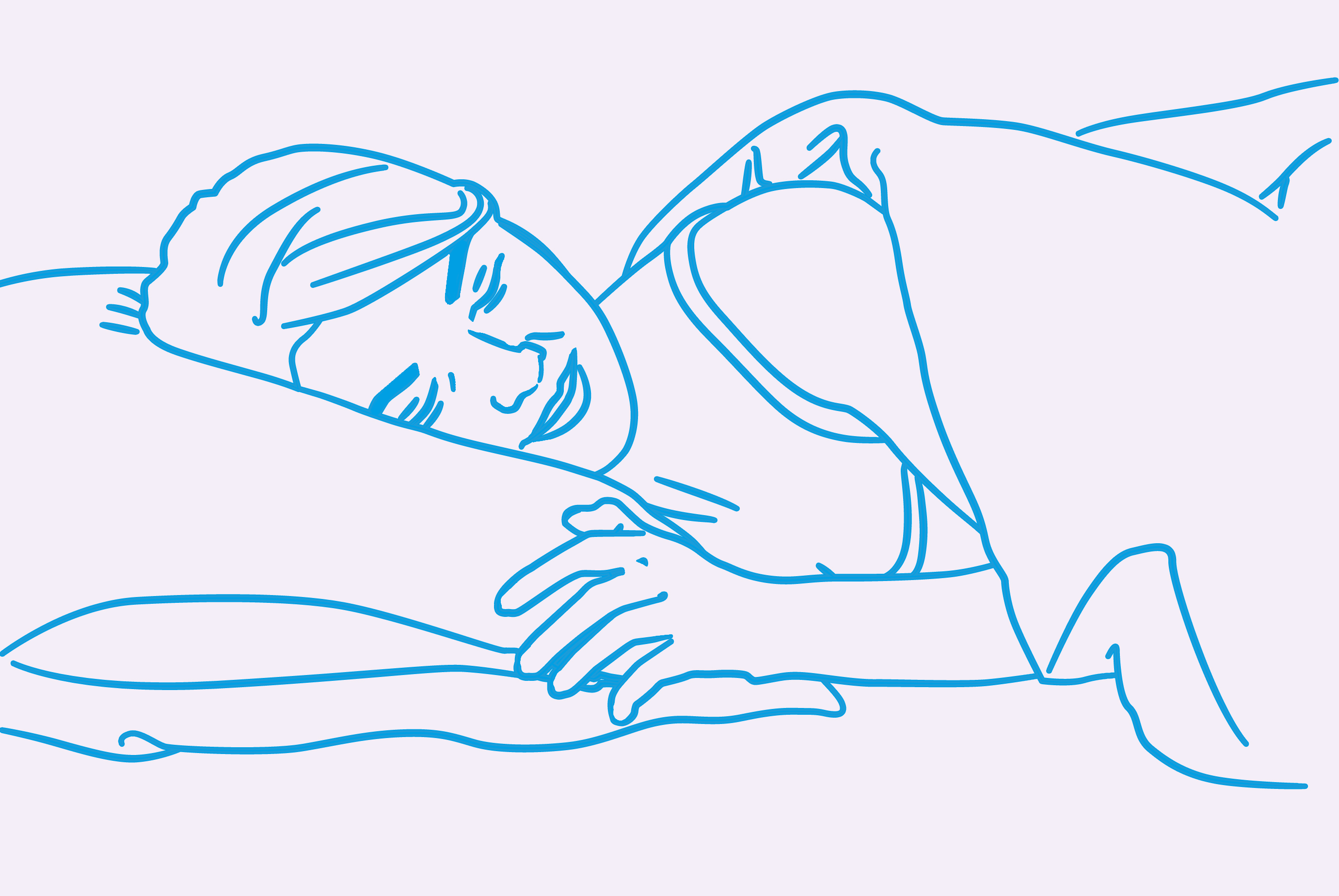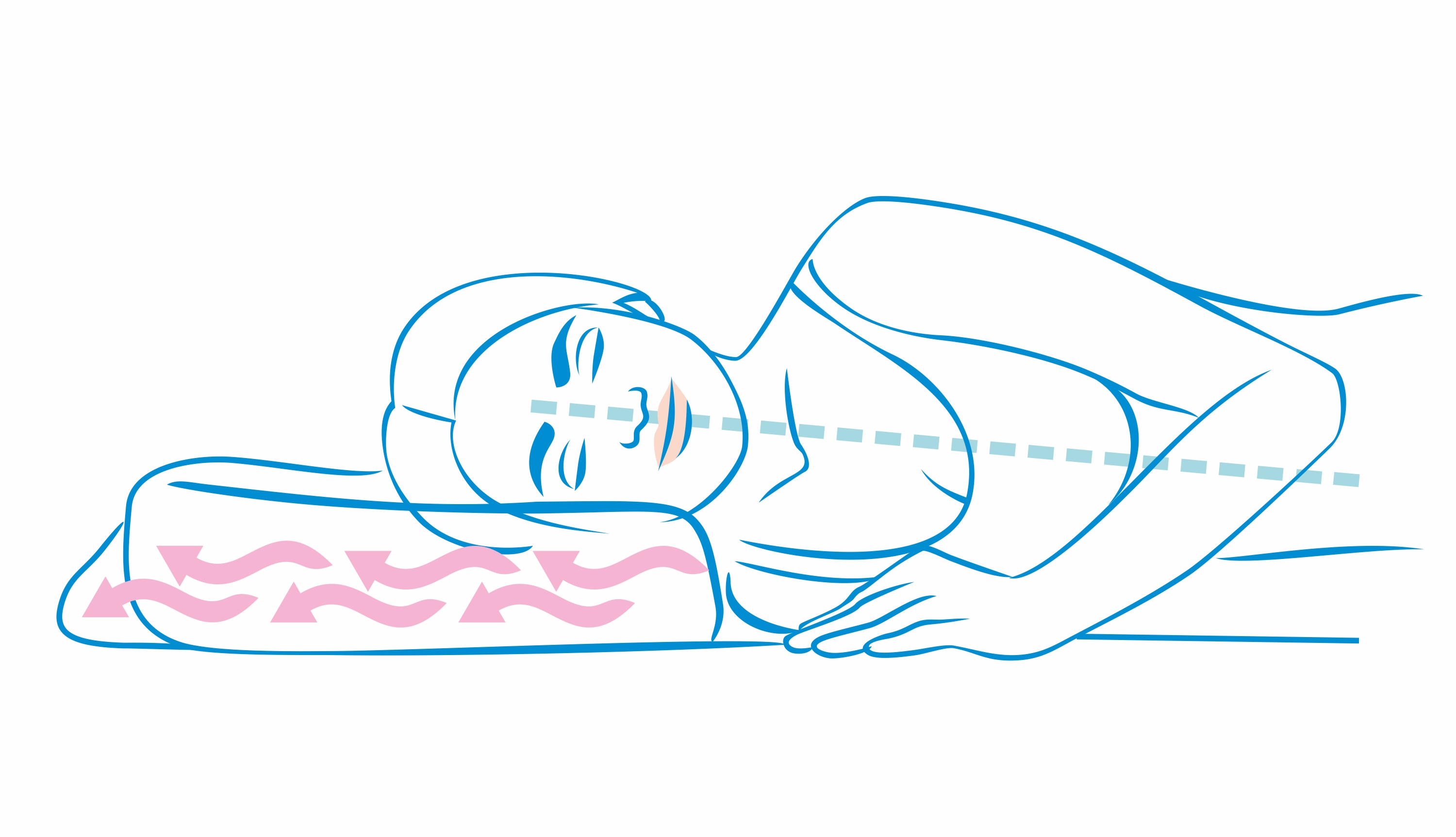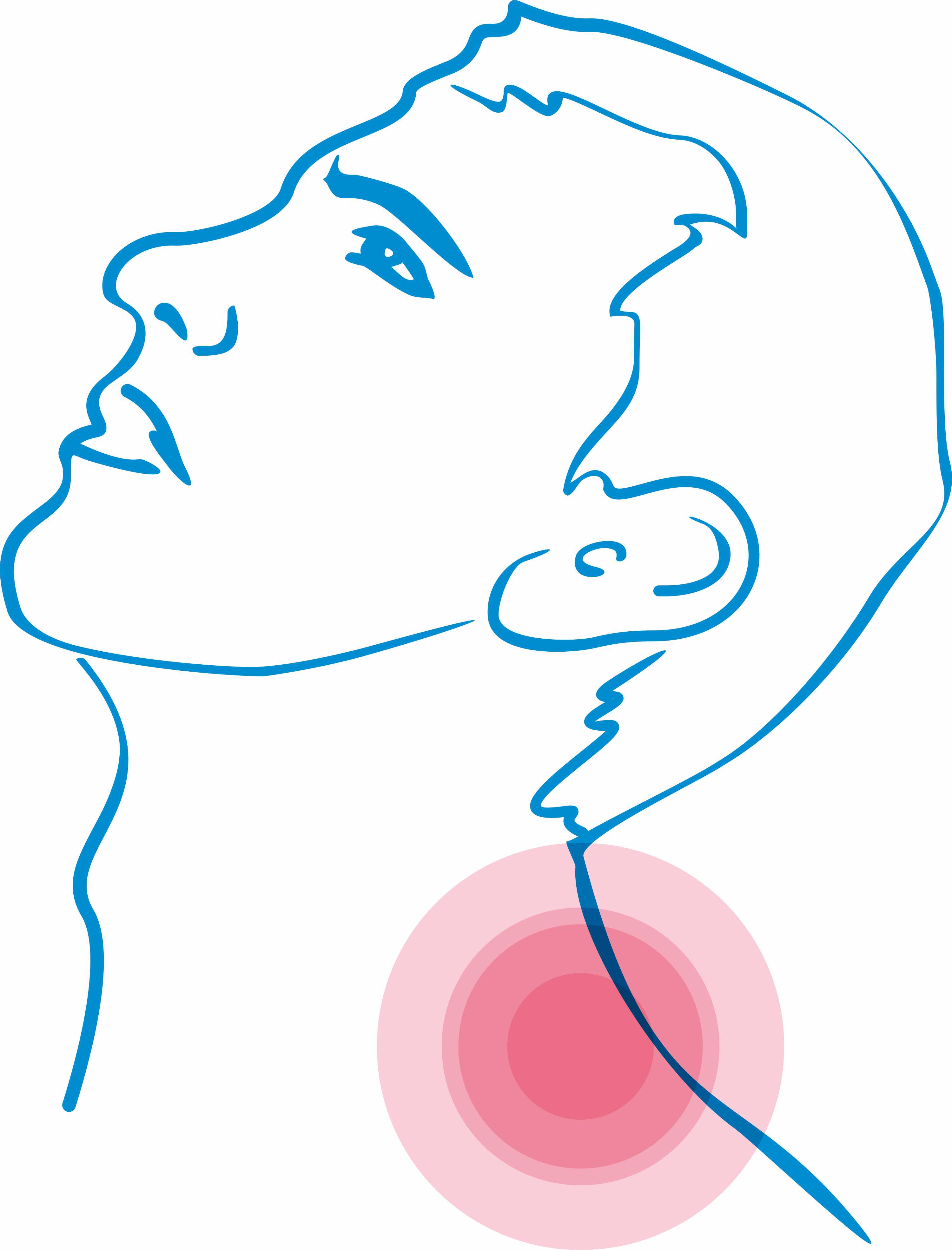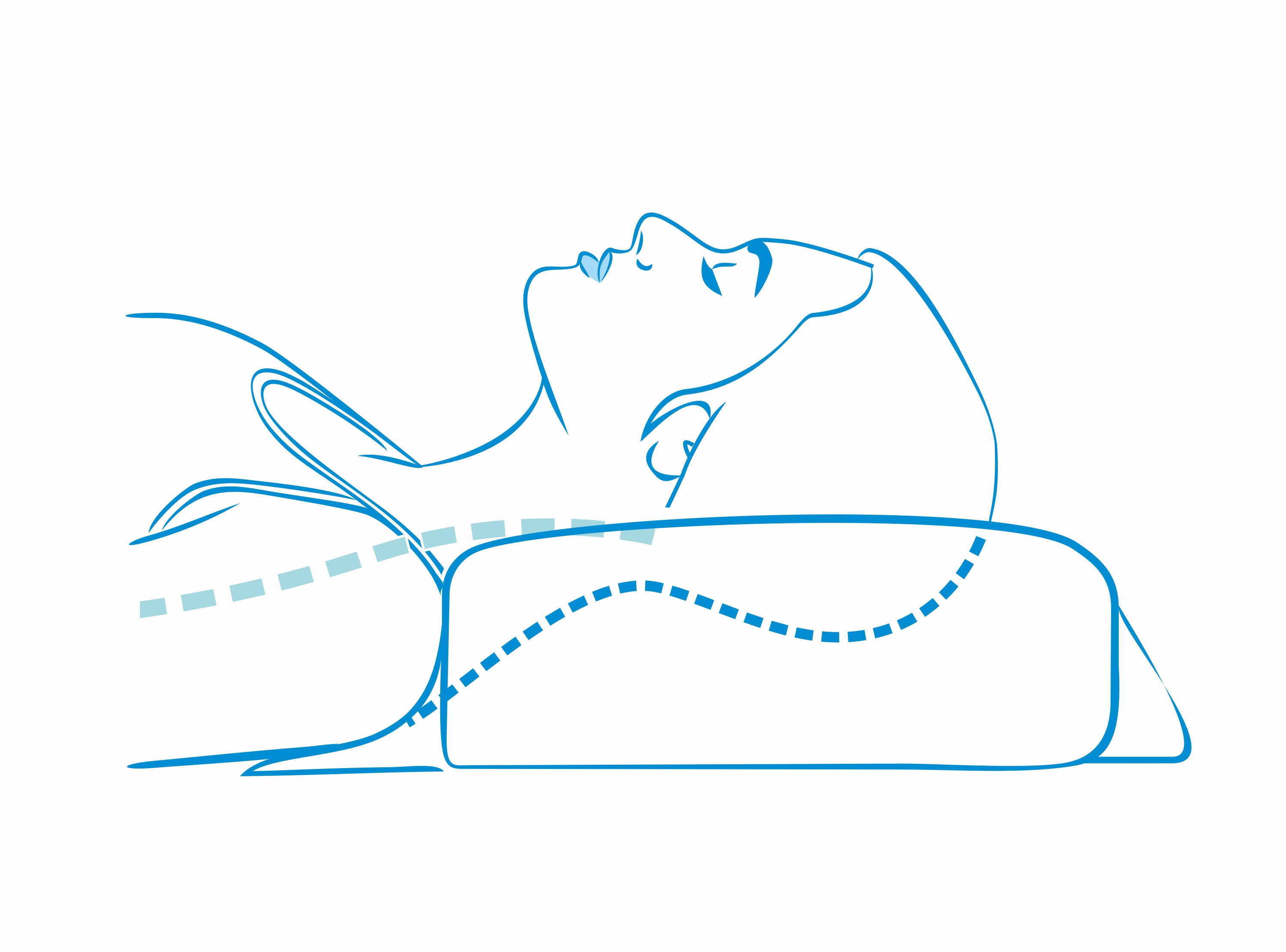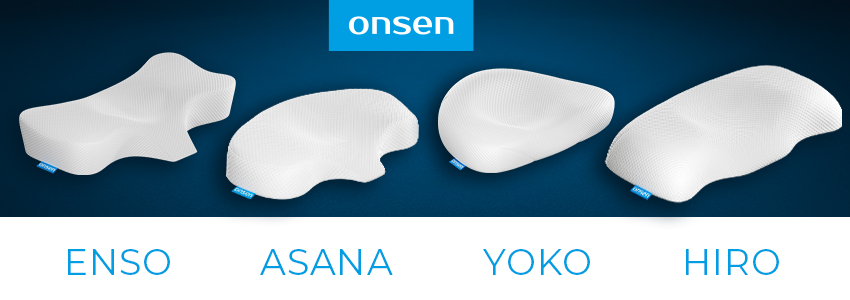Moreover, further scientific articles prove that the key to improving the mentioned discomforts and morning neck stiffness is primarily the selection of a comfortable sleeping pillow. Comfort should be understood as functionality that directly translates into the comfort it provides to us.
Therefore, an appropriate pillow for sleeping should primarily provide proper support to the spine and head throughout the night, as well as proper air circulation and the ability to maintain proper hygiene. Among the conditions that allow a pillow to be considered comfortable and functional, which ONSEN® orthopedic pillows meet, scientific studies also mention height, size, flexibility, morphostasis, hygroscopic properties, and maintaining a constant temperature.
When choosing a new pillow, attention should be paid to ensure that in the supine position, it maintains the physiological curvature of the cervical spine, which helps reduce muscle tension. In the side-lying position, the cervical spine and chest should be in a straight line with the head, which means that the head should be lifted upwards, away from the floor, to relieve muscle tension.
Good pillows should have an optimal height to support the neck in the supine position as well as the head. A different height of the pillow is used for sleeping on the back compared to sleeping on the side. At the same time, it should effectively fill the space between the bottom of the head and the neck.
In addition, depending on the width of a person's shoulders, the size of the pillow should be adjusted to support both the head and neck. However, most pillows do not have shoulder profiling, which results in incorrect positioning of the shoulders. At the same time, for sleeping on the back, the optimal pillow should have lower support than for sleeping on the side. In addition, at the level of the neck, it should be higher than at the level of the head.
Currently, orthopedic pillows available in Europe rarely correspond to the physiological shapes adapted to the neck, head, and shoulders. They are usually cut from visco foam blocks, which in itself often makes them unhealthy. However, cutting them also results in the inability to create negative angles, i.e., proper profiling.
Currently, the most comfortable pillows for sleeping are:
- Yoko foam pillow - also available in Skin+ version, an orthopedic pillow for people with a petite body build;
- Asana foam pillow - also available in Skin+ version, an orthopedic pillow for people with an average body build;
- Enso foam pillow - also available in Skin+ version, a two-sided orthopedic pillow for people with an average body build, which is the most versatile choice;
- Hiro foam pillow - also available in Skin+ version, an orthopedic pillow for people with a sturdy body build.
All of these are first-class medical products. In addition, like all ONSEN® products, they are covered by a warranty of up to 15 years and a 100-day return program, which eliminates the risk of purchase.
We also encourage you to explore other articles on the best sleep and health blog, as well as the Encyclopedia of Healthy Sleep prepared by the ONSEN® team of specialists. For those who care about spine health, we recommend a set of spine exercises prepared by our physiotherapist.



